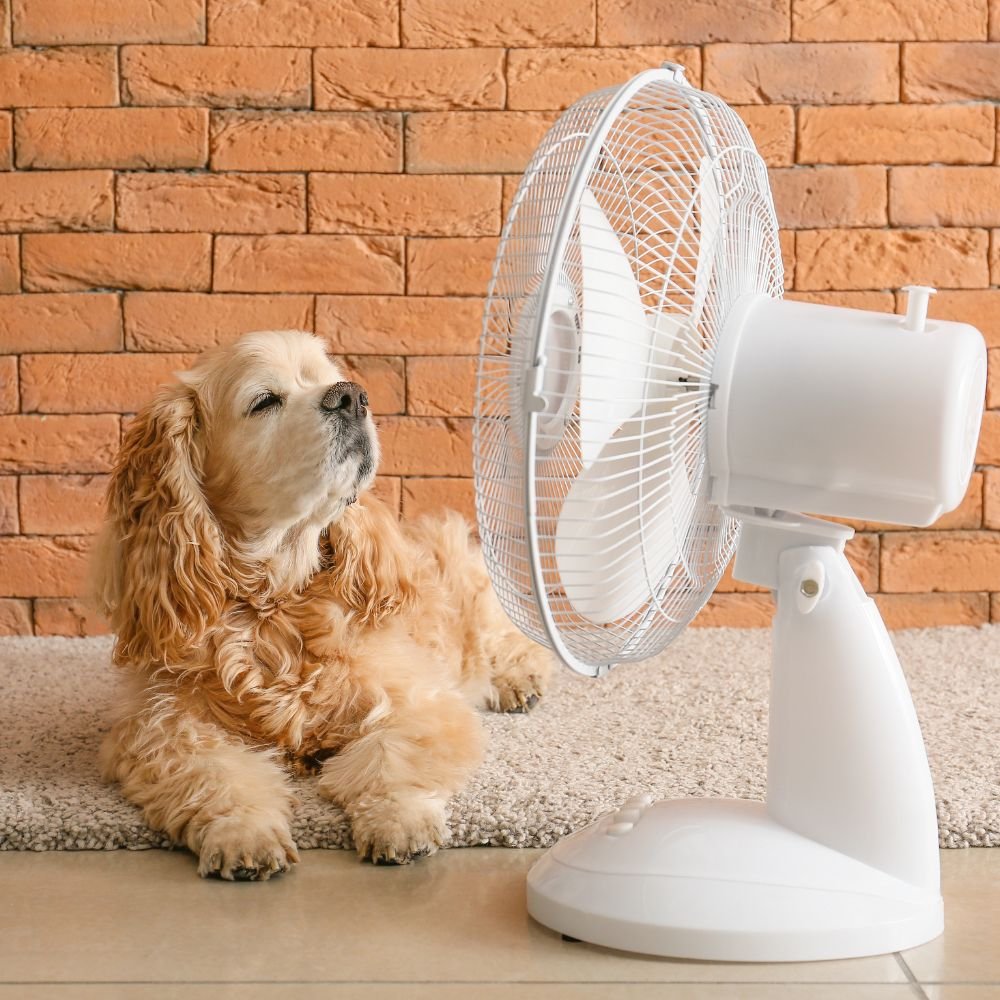Betty’s tips for Preparing your cat or dog for Extreme weather!
When living in states with extreme temperatures, you need to know how to prepare the family for coming storms. But don't forget about your pets! In the hustle and bustle of securing the home and stocking up on essentials, it's crucial not to overlook the well-being of our furry companions. Pets, too, require thoughtful consideration and preparation to weather the elements and potentially treacherous conditions that accompany extreme heat and cold.
We put together some helpful tips for making sure our pets have what they need during times like these:
Cold Weather Tips:
The cold weather can be harsh on your pet's paws and skin. Consider using pet-friendly booties to protect their feet from ice, snow, and harmful chemicals like de-icing salts.
Apply a thin layer of pet-safe paw balm or petroleum jelly to the paw pads to prevent them from drying out and cracking.
In cold weather, pets may burn more calories to stay warm. Consult with your veterinarian to determine if your pet needs an adjustment in their diet to accommodate for the increased energy expenditure.
For pets with short fur or those not acclimated to cold weather, consider using pet sweaters or jackets to provide additional warmth.
Monitor your pet's body language; if they appear uncomfortable or are shivering, it may be a sign they need additional protection.
Hot Weather Tips:
Schedule outdoor activities, walks, and exercise during the cooler parts of the day, such as early morning or late evening. Avoid the peak heat hours when temperatures are at their highest, as hot pavement and surfaces can burn your pet's paws.
Make sure that the living space is well-ventilated and cool. Use fans or air conditioning to keep it at a comfortable temperature. Be mindful of signs of overheating, such as excessive panting, and take steps to cool them down if needed.
Offer your pet frozen treats, such as ice cubes with a small piece of fruit or a special pet-friendly ice cream. This not only helps keep them hydrated but also provides a refreshing break from the heat.
Regular grooming is important to keep your pet's fur in good condition. However, during hot weather, consider giving your pet a trim to help them stay cool. Consult with a professional groomer for advice on the appropriate length for your pet's breed.
Ready.gov has great resources and additional tips you can use in the event of natural disasters. They give the same advice for having an emergency kit prepared with the following items:
Keep at least one gallon of water per day and at least three days' worth of food in cans or an airtight container. Make sure you have food and water bowls and a manual can opener.
Have an extra supply of any medications your pet takes, along with your pets' medical records and information on feeding schedules and medical conditions. Keep paperwork in a zip-lock bag.
Talk to your vet about what your pet's emergency medical kit should include. Commonly, you will need cotton bandage rolls, bandage tape, and scissors, antibiotic ointment, latex gloves, rubbing alcohol, and a pet first aid manual.
Your pet should wear a collar with an ID tag at all times, and you should have a leash nearby.
If the pet is small enough, have a sturdy crate or carrier ready to transport the animal if necessary.
Have pet litter and litter box, if needed, newspapers, plastic trash bags, and chlorine bleach.
Make sure you have at least one picture of you and your pet together if needed to identify you as the owner, should you and your pet become separated.
Keep their favorite toys, treats, and bedding for your pet.
Keep your fur babies safe during extreme weather by taking these simple and important steps. They can go a long way in safeguarding your pets from harsh conditions!




